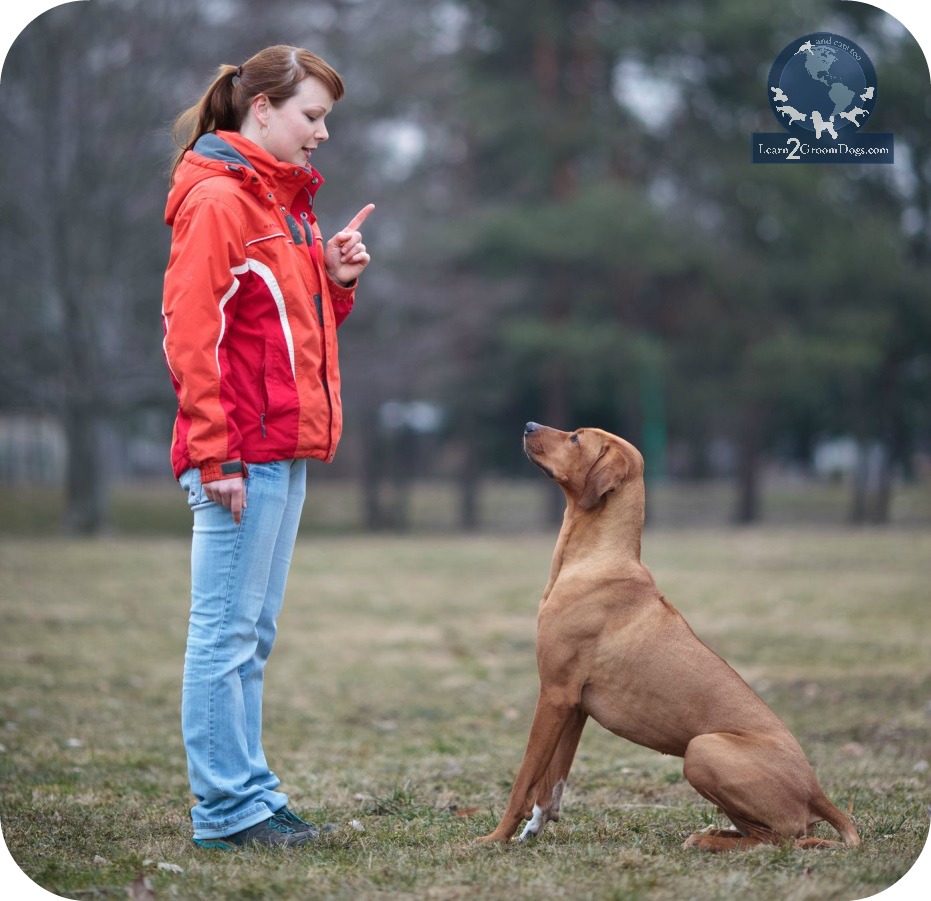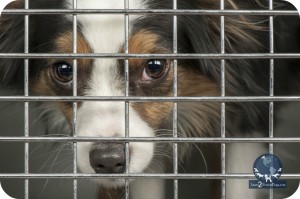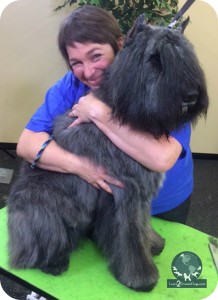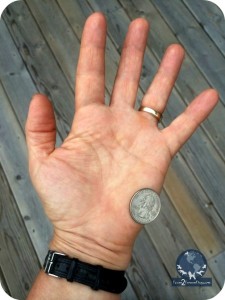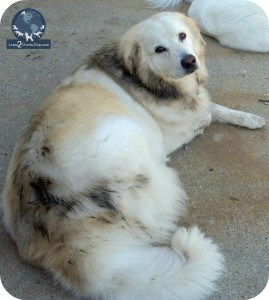 I love being a professional pet groomer. It’s creative. It’s gratifying. There’s nothing better than having a dog leave your salon looking and smelling amazing.
I love being a professional pet groomer. It’s creative. It’s gratifying. There’s nothing better than having a dog leave your salon looking and smelling amazing.
Being a professional pet groomer means we are problem solvers. Our clients do not have the skills – nor the products – that can solve many coat problems. As pet professionals, we know which products and tools work.
My husband and I live on 160 acres. We have approximately 6 acres enclosed with Invisible Fence. All four of our 100+ pound dogs can roam unsupervised. This keeps our dogs safe – and out of trouble – while giving them the luxury of freedom. Most of the time it works.
Occasionally, it does not.
I was driving back from the farmers market when I got a call from my husband. He was headed out for an appointment and called the dogs into the house. All of the dogs came bounding up to the door like they typically do. However, two of the dogs seemed to be especially proud of themselves. As they got closer, my husband understood why. THEY STUNK TO HIGH HEAVEN!!!!! Especially one of them. Cache was absolutely covered in something very black – and very gooey. You could hardly get near them without wanting to vomit.
Because he was headed out the door, he simply called me and told me what to expect when I got home. I didn’t think much about it, our dogs are rolling in things all the time. He simply shut them back in their “dog room” towards the back of the house.
20 minutes later I stepped through the front door and was virtually attacked by the odor. This was as bad as a direct skunk hit – maybe worse. I made my way to the dog room and peered over the half-door. (By this time I was holding my breath.)
I had never seen a dog so successfully cover herself in a foul material. Heck, Cache even had it on her tail! I booted all the dogs out immediately and set to work steam-cleaning the back room before I tackled the dogs themselves.
I knew I had my work cut out for me. Not only are our dogs all over hundred pounds – they’re extremely heavily coated. At our home, we do not have standard professional grooming tubs or tables, but we DID have the products and tools to wash, clean, and neutralize the foul substance that was all over two of them.
Once I got the back room cleaned up, it was bath time for the pooches. Needless to say, they were not thrilled with me as I gingerly clipped leads to their collars. They were quite proud of their accomplishment. Down to the horse wash rack we went. It wasn’t the most sophisticated dog bathing station – but it worked.
A long time ago, I learned that the Coat Handler product line is my ‘go-to’ product of choice for all my bathing needs. One of the best odor neutralizing products on the market is Odor Handler. There are literally thousands of uses for this product. I personally use it so much (and not just on dogs) that I keep and 9 1/2 pound container of it in the laundry room! Down in the barn, we keep gallons of Coat Handler’s 15 to 1 Shampoo, Coat Handler Conditioner, plus a high velocity dryer for our horses.
My products and tools of choice for this project: Coat Handler 15 to 1 shampoo mixed in a squirt bottle with a generous scoop of Odor Handler and hot water, a long-handled scrub brush, a firm horse brush, a rubber curry, and a garden hose. (Luckily it was 80 degrees outside so no one minded a cool bath!)
I did my best to hose off the bulk of the offensive material clinging to their coats. Luckily it was water-soluble so with the water pressure from the garden hose, I was able to remove most of it. But the odor still remained.
I generously applied my hot soapy solution of shampoo and Odor Handler to the soiled areas. I worked it in with a rubber curry (there was no WAY I was going to touch that nasty stuff with my bare hands!) Then I went back with a horse brush to really work it into each strand of the hair. I finished with a smaller handled brush to deal with the hard to reach places. I let the solution sit for approximately 10 minutes before thoroughly rinsing the dogs until their coats were squeaky clean.
It was time to use my gallon jug of Coat Handler Conditioner. I poured generous amounts into my hands and applied it to their coats, straight. I did not rinse out the conditioner.
I let them have a few generous shakes before I proceeded with towel drying. Then, I pulled out my trusty K-9 II high velocity dryer. I needed them to be dry so I could see if I had been successful with neutralizing the foul stench before I let them back into the house.
By that night, all of our dogs joined us in the living room, lounging at our feet. Everyone had a slight scent of baby powder which was much more appealing to my husband and me.
The reason I was so successful in neutralizing the odor was because I had the knowledge and the tools at my fingertips. As a pet grooming professional, it’s up to us to know the products and techniques that work the best. I’ve tested many products over the years, and the Coat Handler line of products (especially Odor Handler), beats everything else, hands down.
Just ask our noses – and Cache, of course!
Happy trimming!
~Melissa

 It doesn’t matter how long you’ve been grooming or how talented you are as a pet stylist – sometimes you just need a little help. An “oops” can occur at any time. Mistakes happen.
It doesn’t matter how long you’ve been grooming or how talented you are as a pet stylist – sometimes you just need a little help. An “oops” can occur at any time. Mistakes happen.


